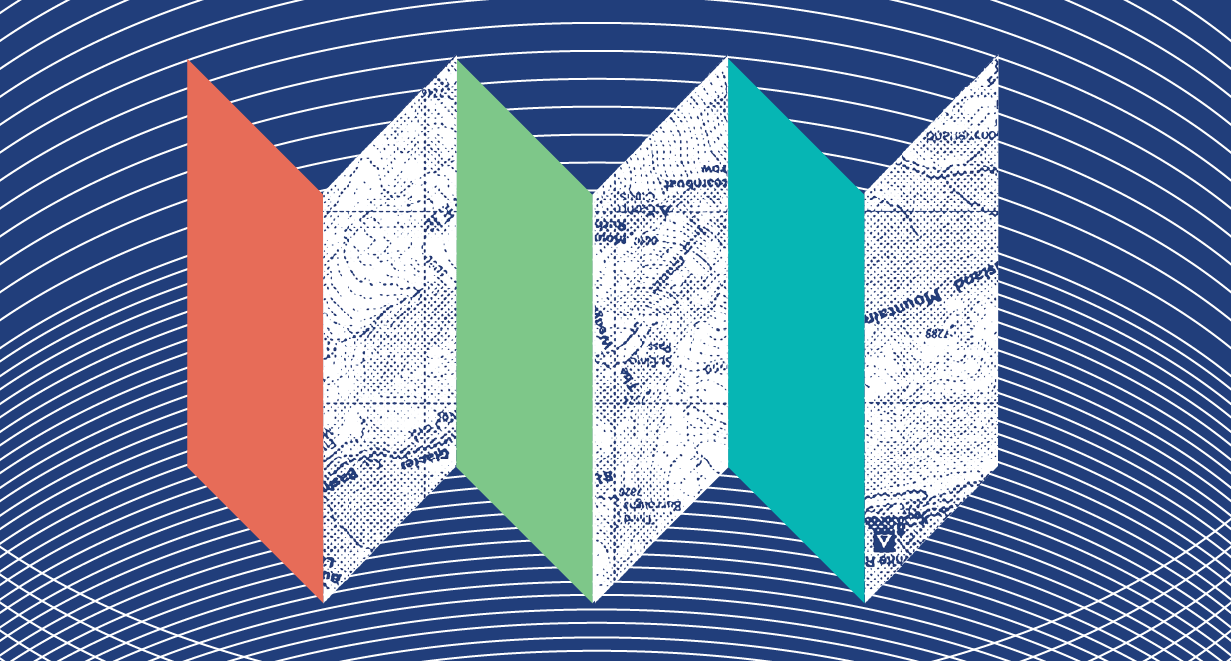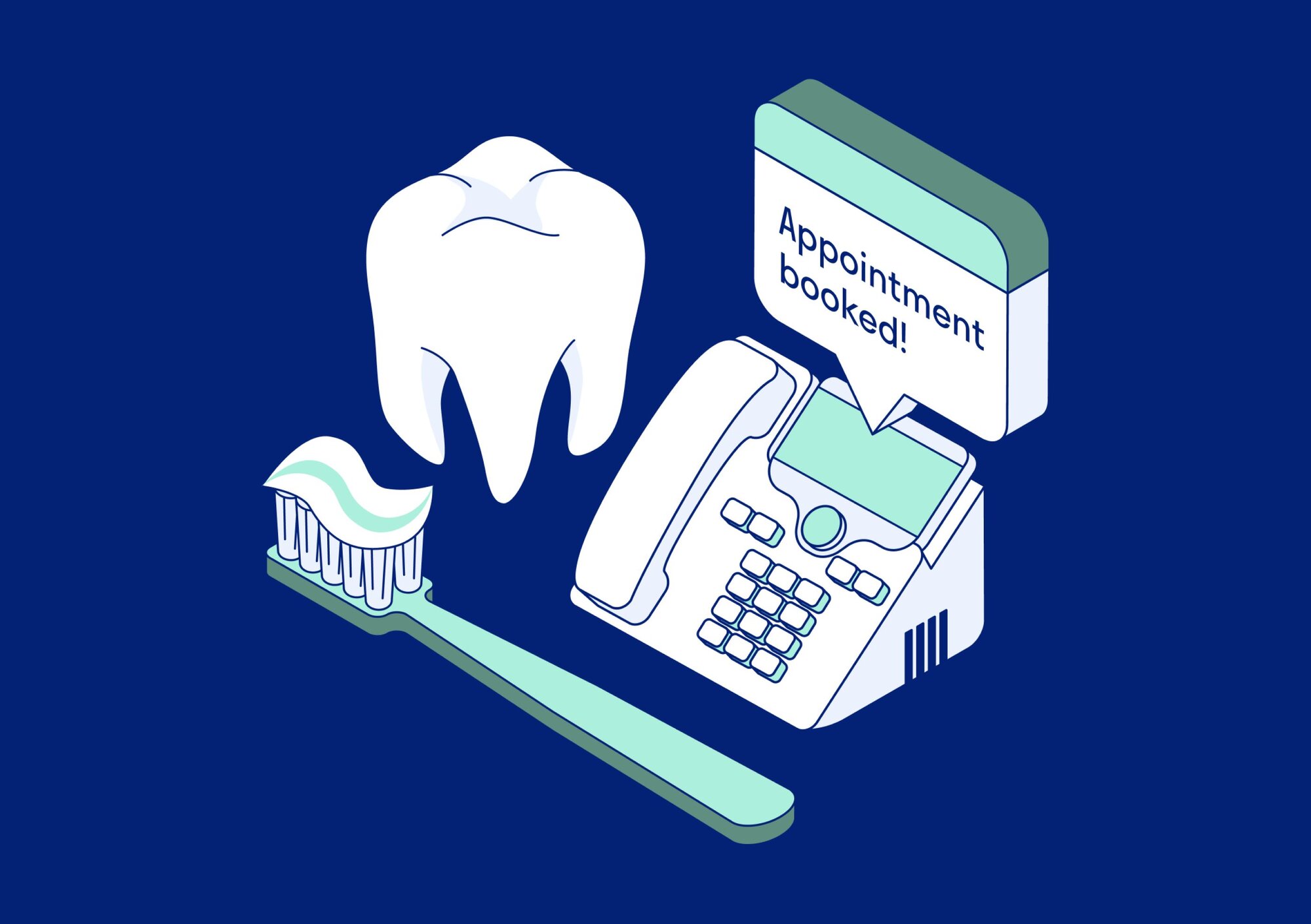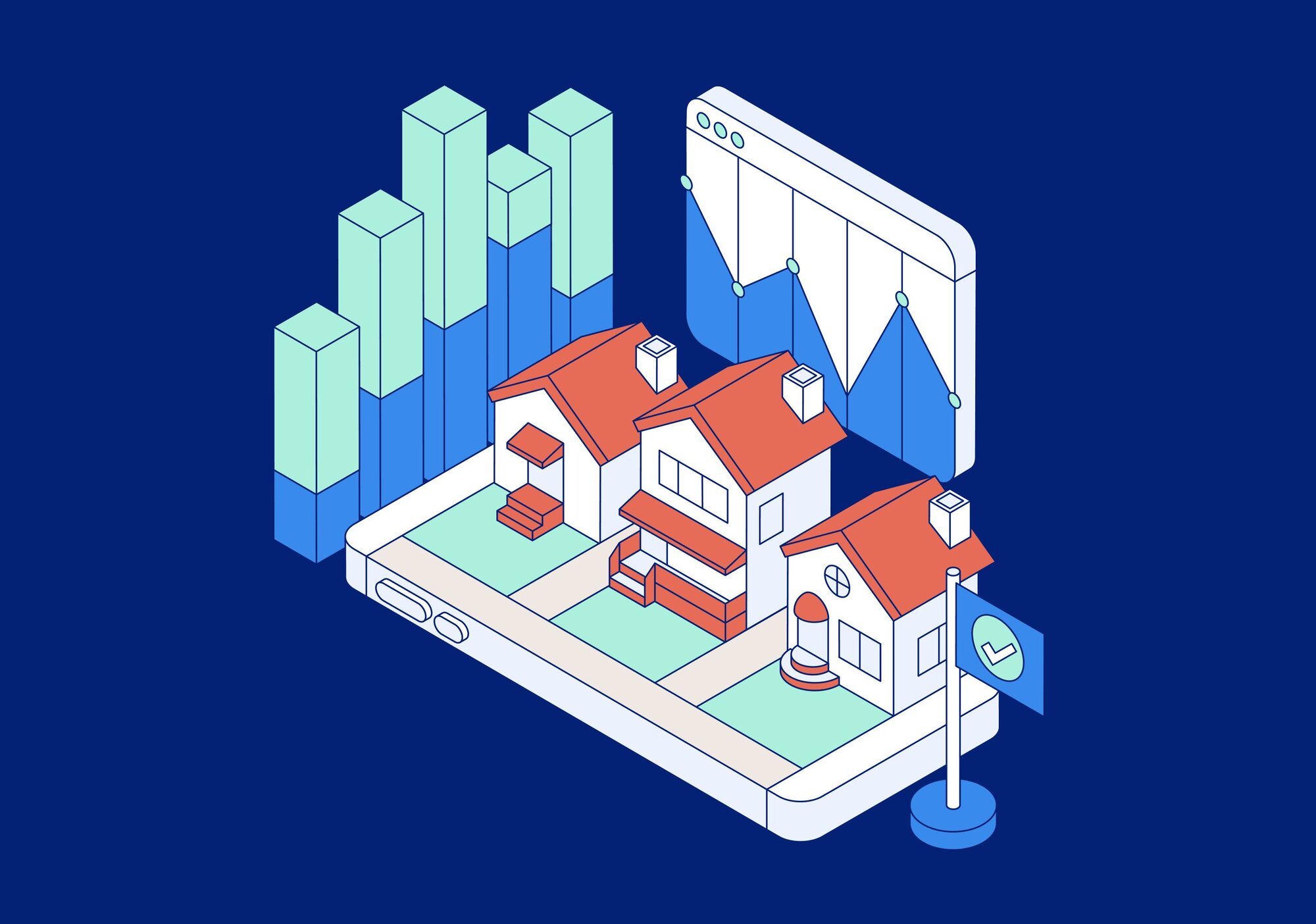Someone visiting your website may seem like a marketing victory — a sale is imminent! However, 92% of consumers who visit a company’s website for the first time aren’t there to buy, according to an Episerver study. For all the work you put into your website, as well as other marketing activities, those aren’t great odds.
Except for the occasional impulse purchase, most modern consumers are serial evaluators, looking for help to solve their problems, relying on companies’ help to reach those solutions, and sticking with a trusted brand in the long term.
The road to purchase is rarely a straight shot — it’s full of turns, detours, stop-and-go traffic, and the urge to say, “Forget it; let’s just go home.” Marketers who recognize this can better guide leads and customers away from the obstacles and toward a purchase.
Customer journey mapping manifests this mission by pinpointing marketing activities and measuring effectiveness in a single, handy resource. Once you assess your campaigns and your customers, you’ll be better equipped to create strategies that drive conversions and sales.
What is customer journey mapping?
To understand customer journey mapping, you must first understand the buyer’s journey. Virtually zero consumers wake up one day, decide they need Item X — despite knowing nothing about the product — and then pick the first business they find to purchase the good or service from.
The buyer’s journey is the path a person takes from their first inkling that they should purchase something to the actual sale. It generally consists of three stages:
- Awareness stage: A person has a problem or a need but isn’t sure how to address it.
- Consideration stage: The same person has learned more about what may solve their problem or address their need and is evaluating their best course of action.
- Adoption stage: The person is ready to buy but is deciding from where or whom to do so.
Of course, every customer’s journey to a sale is unique — and therein lies the marketing challenge. Some people spend more time in the awareness stage because they know nothing about the product they want to buy. Others know exactly what they want to buy and are looking for the best deal. And others are returning customers who are confident in buying from you but are unsure of whether and when they should do so again.
The marketer’s goal is that no matter the path someone takes to a purchase, they discover and navigate your brand and eventually buy from you. A customer journey map identifies every potential touchpoint, how people arrive at each, where they may (and tend to) go once they do, and what marketing activities work best at achieving conversions and sales.
The benefits of mapping the customer’s journey
Today’s businesses rarely, if ever, rely on just one marketing channel to reach the masses, nurture leads, and sell their products. Companies may use social media, direct mail, strong websites, billboards, print advertising, email marketing, paid search ads, and/or any of dozens of other marketing strategies — and change those strategies often.
A customer journey map offers a way to assemble and track all your marketing activities in a visual, easy-to-consult resource, such as a spreadsheet, chart, or graphic. Instead of forcing you to guess how a channel is performing in relation to others, the map can show everything in progress, what stage and buyer a campaign is aimed at, and which touchpoints are more effective than others.
Besides this basic insight, a customer journey map delivers an array of other benefits, including:
- An overarching view of the marketing process
- A resource for sales to understand the experience of leads nearing conversion
- Rich data — when attribution reports are applied — on which touchpoints and paths are working or not working
- Identification of marketing gaps — places and touchpoints in which leads aren’t being served
- Marketing intelligence that can inform current and future campaigns
- An improved customer experience because you are delivering the right content and interactions precisely when leads need them
How to map the customer journey
Accurate, impactful customer journey mapping requires a methodical approach to identifying and assessing each touchpoint and then connecting the dots. Although the information you gather and questions you ask may vary based on your business and the breadth of knowledge you want to accumulate, you should include these basic steps:
Know your customers
As already alluded to, leads and customers buy from you for different reasons, and their journeys to sale take unique, circuitous paths — and require unique marketing strategies. Developing buyer personas better defines whom you’re selling, what they think, and how they will act.
Elaborating every possible persona can take too long and be counterproductive — you have only so many marketing resources at your disposal, so devoting many hours to 2% of your client base won’t make sense. Instead, focus on building 2-5 personas, from which you’ll create a unique map for each. You can always create an additional general customer journey map to assess leads and customers who don’t fall into a persona, or to measure marketing activities aimed at everyone instead of a specific audience.
Pick your stages
The three stages of the buyer’s journey described in this article are essential to customer journey mapping, but don’t feel limited to just those three. You can add your own phases to match your needs and goals. Consider:
- Delight: How do you market to customers who’ve already completed a sale and turn them into advocates for your brand?
- Retention: How do you market to existing customers so that they don’t go elsewhere for their next purchase?
- Reconnection: How do you market to leads who’ve fallen off your radar and bring them back into the buyer’s journey?
- Evaluation: How do you market to leads who have the answer to their problem but aren’t sure whether to take the next step?
Frame the framework
The visual element of a customer journey map isn’t mandatory, but it is beneficial to achieve the best overview of your marketing activities. In other words, you can type all this out in a Word document, but to maximize the effect, build it into a chart.
Whether you use a spreadsheet, construct a simple table, or get fancy by creating something with a design program, cross-reference your information by listing the buyer’s journey stages as columns across the top of the map, and adding key categories (more on this next) as rows down the side. Leave plenty of space for notes in each box and to add columns/rows as needed.
Categorize your map
What will you say about each marketing insight as it relates to each stage of the buyer’s journey? The possibilities are practically endless; this list of categories will get you started:
- Touchpoints (note, you don’t need to try cramming each one into a single cell; one box or sub-column for one touchpoint is ideal)
- Campaign
- Persona pain points
- Persona actions
- Persona experience
- Opportunities
- Conversion rates
- Successes
- Failures
- Next steps
Here’s a basic framework you can use to get started; you can make this simpler or more complex as you want:
| Persona Type | Awareness | Consideration | Decision |
|---|---|---|---|
| Marketing touchpoint | |||
| What are the leads’ pain points? | |||
| What are leads doing after reaching this stage? | |||
| How many leads are converting at this stage? | |||
| What opportunities exist to nurture the leads? |
Populate the map
After completing the structure of your customer journey map, start filling in the blanks! The more detail you can add, the better, but don’t go overboard and create a document that’s unreadable. The map is perfect for short notes and quick stats — information that can be read efficiently and easily correlated to other info throughout the document.
The endless journey
If your car is old enough, its glove compartment might be filled with physical maps from a bygone time. Besides being pre-smartphone quaint, these maps could be outdated — a new tollway may have been built here, an off-ramp might have been removed there, and so on.
Customer journey maps don’t suffer this fate: They’re meant to evolve as your marketing and your business do. When you introduce a new marketing campaign or receive new data from your offline touchpoints, the map can be updated to reflect the new path taken and the subsequent results. The latest information tells you where your leads and customers are headed — and what you can do to make their ride more enjoyable.
Content is a key component of a marketing strategy and should always be included in your customer journey mapping. Learn how you can apply it to any stage of the buying cycle.










